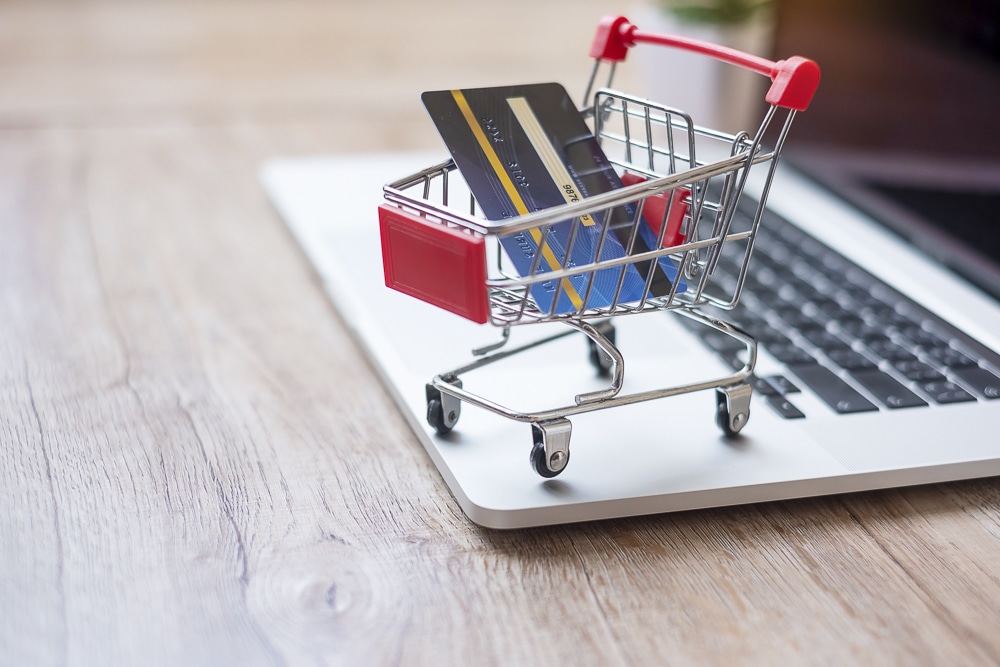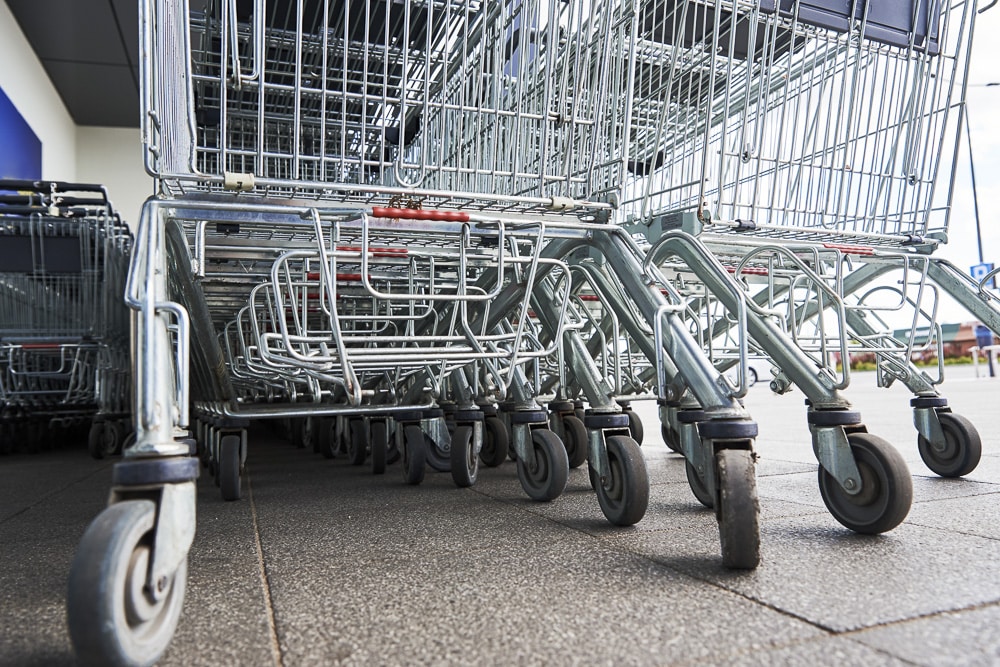Key Takeaways
- A unified shopping experience across online and offline channels is pivotal to meet modern consumer behavior that intertwines both modes.
- Successful brands, like Warby Parker, have effectively merged online and offline retail, ensuring consistent and complementing shopping experiences.
- The essence of future retail lies not in choosing between physical and digital but in skillfully blending both to enrich the customer journey, ensuring adaptability and responsiveness to emerging trends and preferences.
In today’s dynamic retail landscape, businesses are consistently faced with the challenge of adapting to evolving consumer preferences and technological advancements. While the meteoric rise of eCommerce has reshaped the way consumers shop, the tactile and immediate experience offered by brick-and-mortar stores remains irreplaceable.
The key to thriving in this environment lies not in choosing one over the other, but in skillfully integrating both online and offline strategies to offer a holistic shopping experience.

The Rise of eCommerce
The digital age ushered in a revolutionary shift in shopping, moving from the aisles of physical stores to the limitless pages of online platforms. eCommerce, with its roots tracing back to the early days of the internet, has grown exponentially.
Its advantages are manifold. Shoppers are drawn to the convenience of 24/7 availability, the vast selection of products spanning across global borders, and the personalized shopping suggestions often powered by advanced data analytics.
Moreover, for businesses, the cost-effectiveness of running an online store, compared to maintaining a physical presence, is a significant lure.
The Persistence and Importance of Brick-and-Mortar
Despite the digital drift, physical stores are far from fading into obsolescence. There’s an innate human desire to touch, feel, and experience products before making a purchase. The instant gratification of selecting an item and taking it home right away remains a powerful motivator for many shoppers.
Beyond the products, it’s the personal touch — the direct interactions with store staff, the ability to seek immediate answers, and the often understated joy of in-store events and immersive experiences — that keeps brick-and-mortar alive and kicking.
In essence, while the convenience of online shopping is undeniable, the tangible and interpersonal nature of physical stores continues to hold its ground in the retail ecosystem.
Blending the Two: The Omnichannel Approach
What is omnichannel retailing? At its core, omnichannel retailing is an integrated approach to commerce that provides shoppers a unified experience across online and offline channels. The objective is to connect the dots between the various shopping channels and make the transition seamless for consumers.
The importance of a seamless shopping experience cannot be overstated. Modern consumers don’t think in terms of online or offline shopping. Instead, they move fluidly between the two, often within a single purchasing journey.
For instance, a customer might discover a product on social media, research it on the brand’s website, and eventually purchase it in a physical store. This makes it essential for brands to provide consistency across all touchpoints.
There are several benefits of integrating online and offline retailing, including:
Consistency in Branding and Messaging: Whether a customer is browsing your website, receiving an email newsletter, or walking into your physical store, they should encounter a consistent brand voice, aesthetic, and message. This builds trust and reinforces brand identity.
Enhanced Data Collection and Customer Insights: By tracking a customer’s journey across both realms, brands can gather more comprehensive data on shopping habits, preferences, and pain points. This data can then be used to refine marketing strategies, improve product offerings, and personalize the shopping experience.
Meeting Diverse Customer Preferences: Some customers prefer the tactile experience of shopping in-store, while others value the convenience of online shopping. An integrated approach allows brands to cater to both segments, ensuring that they don’t alienate potential customers.
Successful Examples of Integrated Strategies
Brands across the globe have realized the potential of combining the best of both online and offline worlds. Here are some noteworthy instances where brands have merged these strategies successfully:
Click and Mortar Flourishing: Consider the success story of companies like Warby Parker, which began as an online-only eyeglass retailer. Recognizing the benefits of physical interaction, they opened brick-and-mortar stores where customers could try on glasses before purchasing, merging the convenience of online shopping with the tangible experience of in-person browsing.
From Physical to Digital and Back: Conversely, traditional retailers like Nordstrom and Walmart have invested heavily in their online platforms, providing seamless integration between their in-store and digital experiences. They’ve implemented features like “buy online, pick up in-store” to combine the immediacy of physical shopping with the convenience of online browsing.
Pop-Ups as a Testbed: Online giants like Amazon have experimented with pop-up shops and kiosks in malls to provide a tactile experience for certain products. These temporary setups allow them to gauge market interest and provide an in-person touchpoint without committing to a permanent store.

Challenges in Balancing Brick-and-Mortar with eCommerce
Successfully merging online and offline strategies can present certain challenges, even for the most seasoned retailers. Some of these include:
Inventory Management: Handling stock across online and offline channels can be complex. There’s the risk of overstocking, where inventory costs can escalate, or understocking, where potential sales are lost. Real-time inventory updates and integrative software solutions can help manage this balance.
Consistent Branding and Experience: Whether a customer is shopping on a mobile app, a website, or in a physical store, the branding, messaging, and overall shopping experience should be consistent. Achieving this requires thorough training, quality control, and regular feedback loops.
Training Staff: Employees should be well-versed with both the digital and physical aspects of the business. For instance, store employees should be equipped to answer questions about online promotions or website features, and likewise, online customer service reps should be knowledgeable about in-store policies and offerings.
By addressing these challenges head-on and leveraging the strengths of both online and offline mediums, retailers can truly offer a holistic and enriched shopping experience for their customers.
Looking to the Future: Trends and Predictions
The Role of Advanced Technology: The increasing influence of Augmented Reality (AR) and Virtual Reality (VR) in retail. For instance, AR can provide virtual try-ons in the eCommerce space, allowing customers to visualize products before purchasing, whereas VR can offer immersive store experiences from the comfort of one’s home.
Experiential Retail on the Rise: The significance of creating memorable in-store experiences to lure customers back to brick-and-mortar locations. This includes pop-up shops, interactive store displays, workshops, and events that provide more than just a shopping opportunity but an engaging experience.
Personalization Through Integrated Data: As brands integrate their online and offline strategies, the potential to gather richer data on customer preferences and behaviors increases. This can lead to more targeted marketing strategies, personalized shopping experiences, and products tailored to specific customer segments.
The Evolving Role of Physical Stores: Predictions suggest that brick-and-mortar locations might increasingly serve as showrooms or experience centers where customers can touch, feel, and try products, then order seamlessly online, either in-store or later from their devices.
Sustainability and Ethical Shopping: A growing trend towards conscious consumerism may influence the integration strategies of brands. This includes a more transparent supply chain, sustainable in-store practices, and eco-friendly online shipping methods.
Flexibility in Delivery and Returns: As brands strive to offer the best of both online and offline, services like same-day delivery, buy online and pick-up in-store, and easy return policies (both in-store and mail-in) might become more standard.
By staying abreast of these emerging trends and adapting to the evolving retail landscape, brands can ensure they remain relevant and continue to meet the ever-changing needs and desires of their customers.
Navigating the Future of Retail
The interplay between brick-and-mortar stores and eCommerce is a testament to the multifaceted nature of modern consumer behavior. While the appeal of physical stores remains rooted in the sensory and interpersonal experiences they provide, the convenience and vast choices offered by eCommerce cannot be overlooked.
Striking the right balance through an omnichannel approach not only enhances customer experiences but also fortifies a brand’s position in an increasingly competitive market.
Successful integration demands a keen understanding of both domains, coupled with the agility to adapt to emerging technological advancements and changing consumer preferences.
As we have seen, innovations like AR and VR, experiential retail initiatives, and the emphasis on sustainability are only a few of the trends shaping the future of shopping.
In essence, the retail landscape is not about choosing between the digital and the physical, but harmoniously merging them to craft a unified, enriched, and forward-thinking customer journey.
As brands sail into this dynamic future, their ability to remain adaptable, responsive, and customer-centric will determine their enduring success in an ever-evolving marketplace.

